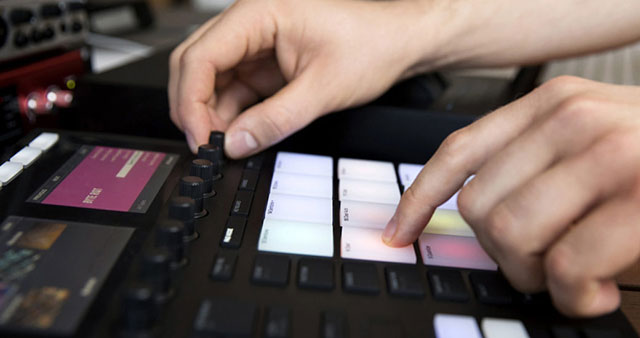 Beat making creates a rhythmic pattern or beat using various musical elements such as drums, basslines and melodies. It's an essential part of music production that lays the foundation for a song's structure and feel. A well-crafted beat can make or break a track, setting the tone and pace for the rest of the song.
Beat making creates a rhythmic pattern or beat using various musical elements such as drums, basslines and melodies. It's an essential part of music production that lays the foundation for a song's structure and feel. A well-crafted beat can make or break a track, setting the tone and pace for the rest of the song.
Advancements in technology have revolutionized the way we make beats, allowing for greater control and flexibility in the creative process. Today, producers can use a wide range of tools, from traditional hardware drum machines to software-based digital audio workstations (DAWs), to craft beats that were once impossible to create.
One significant advantage of modern technology is the ability to sample and manipulate sounds. Sampling involves taking a pre-recorded sound, often from a vinyl record or digital source and incorporating it into a new composition. With digital software, producers can manipulate samples in endless ways, from pitch shifting and time stretching to reversing and chopping. This has allowed the creation of new beats that draw from many musical genres and influences.
This article will provide a comprehensive overview of beat making in music production, covering everything you need to know to get started in this exciting field. We'll explore the history of beat making, from its earliest origins to its current state of the art. We'll also delve into beat making fundamentals, including the elements that make up a beat, the importance of choosing the right sounds, and the tools and techniques used to create beats.
Next, we'll dive into the more advanced techniques of beat making, including tips for creating unique and original beats and the essential skills of arranging and mixing beats. We'll also explore the different styles and genres of beat making, from classic hip hop and trap to electronic dance music (EDM) and beyond.
For those interested in pursuing a career in beat making, we'll provide an overview of the different career paths available and the skills and qualifications required to succeed. Finally, we'll cover the business aspects of beat making, from collaborating with other artists to understanding the legal considerations involved in the music industry.
By the end of this article, you'll have a thorough understanding of beat making in music production and the tools and techniques necessary to create your beats.
The history of beat making dates back to the early 20th century when jazz musicians started experimenting with
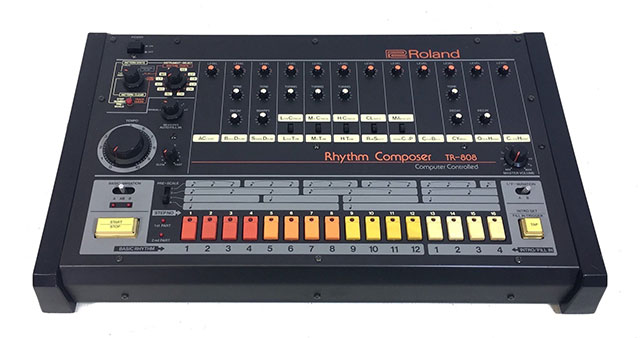 With the advent of electronic music in the 1970s, beat making technology began to evolve rapidly. The first drum machines, such as the Roland TR-808 and the Linn LM-1, were released in the early 1980s and revolutionized how beats were created. These machines used analog synthesis and digital sampling to create unique and customizable drum sounds. In the 1990s, software like Propellerhead Reason and Ableton Live made it possible to create beats entirely on a computer, using virtual instruments and samples. Today, beat making software and hardware continue to advance, with companies like Native Instruments and Akai producing cutting-edge tools for music producers.
With the advent of electronic music in the 1970s, beat making technology began to evolve rapidly. The first drum machines, such as the Roland TR-808 and the Linn LM-1, were released in the early 1980s and revolutionized how beats were created. These machines used analog synthesis and digital sampling to create unique and customizable drum sounds. In the 1990s, software like Propellerhead Reason and Ableton Live made it possible to create beats entirely on a computer, using virtual instruments and samples. Today, beat making software and hardware continue to advance, with companies like Native Instruments and Akai producing cutting-edge tools for music producers.
Sampling is a critical element of beat making and has played a significant role in the genre's evolution. In the early days of hip-hop, DJs would use two turntables to loop and manipulate breaks from funk and soul records, creating new beats and rhythms. As technology advanced, samplers like the Akai MPC and the E-Mu SP-1200 allowed producers to sample and manipulate sounds in new and innovative ways. Today, sampling remains an essential tool for beat makers, with producers often layering and blending multiple samples to create unique and complex beats. However, copyright law has become an increasingly important issue in sampling, with many artists facing legal challenges for using samples without permission.
When making beats, it's essential to have a solid understanding of the different elements that make up a beat. These elements include the kick drum, snare drum, hi-hat and other
Choosing the right sounds is essential to making a great beat. Countless drum kits and sound libraries are available to producers, so it's essential to select sounds that fit the style of music you're creating. For example, if you're making a trap beat, you may want to use hard-hitting 808 kicks and snappy snares. If you're making a boom bap beat, you may want to use more organic-sounding drum samples like vinyl drums or live drum recordings.
Many tools are available for creating beats, from hardware drum machines to software programs like Ableton Live and FL Studio. Drum machines like the Roland TR-808 and TR-909 have been used in countless classic hip-hop and dance tracks and are still popular among producers today. Software programs offer a wide range of sounds and effects and can be used to create beats entirely in the digital domain. It's essential to experiment with different tools and find the ones that work best for your workflow and style.
Beat making is a creative process that involves combining various sounds to create a cohesive rhythm. There are many techniques for creating beats, ranging from simple to complex, with endless possibilities. In this section, we'll explore the basic and advanced techniques for creating beats and provide tips for creating unique and original beats.
 The foundation of beat making is the ability to create a solid rhythm. Here are some basic beat making techniques to get started:
The foundation of beat making is the ability to create a solid rhythm. Here are some basic beat making techniques to get started:
Once you've mastered the basic techniques, you can move on to more advanced techniques for creating beats. Here are some examples:
Creating unique and original beats is essential for standing out in the music industry. Here are some tips for creating unique and original beats:
There are many techniques for creating beats, ranging from simple to complex. Mastering these techniques and incorporating your unique style is essential for creating a unique and original sound. Keep experimenting and pushing the boundaries to create something extraordinary.
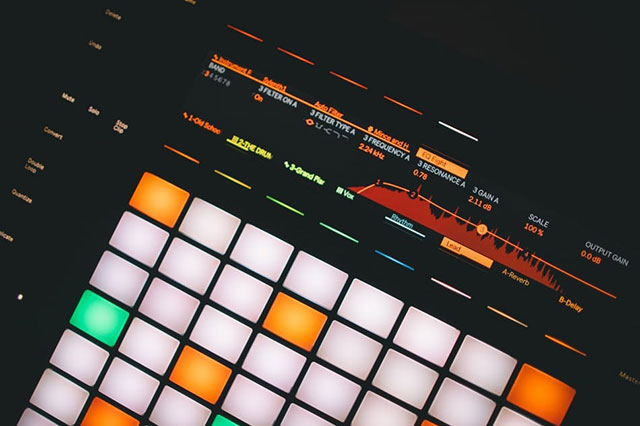 Beat arrangement and mixing are crucial in music production as they can make or break a song. This section will explore the basics of arranging beats, in addition to advanced techniques and tips for mixing and mastering.
Beat arrangement and mixing are crucial in music production as they can make or break a song. This section will explore the basics of arranging beats, in addition to advanced techniques and tips for mixing and mastering.
Arranging beats involves arranging different elements of a beat in a way that makes sense musically. Here are some basic techniques to get you started:
Once you've mastered the basic arrangement techniques, you can experiment with more advanced techniques. Here are some examples:
Mixing and mastering are the final steps in the beat making process. Here are some tips to help you get the most out of your mix:
Overall, arranging and mixing beats is an integral part of music production. You can create polished and professional beats by mastering basic and advanced techniques and following the tips for mixing and mastering.
There are numerous styles and genres to explore in beat making. The following are some of the most popular ones:
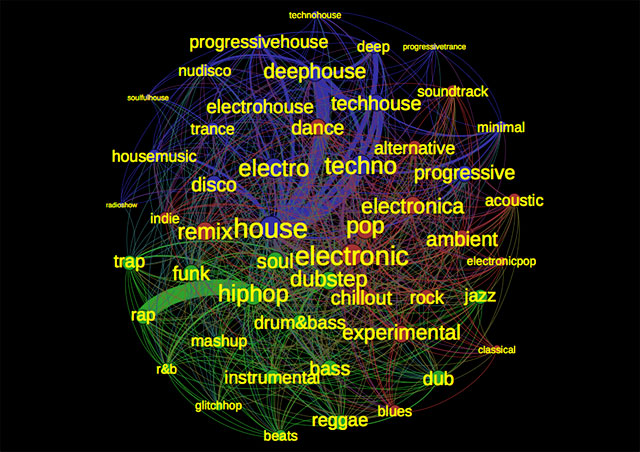 This genre of music is one of the pioneers of beat making. Hip-hop beats are known for their heavy use of drums, basslines and samples. The beats are often simple, but they have a distinct groove that makes them stand out.
This genre of music is one of the pioneers of beat making. Hip-hop beats are known for their heavy use of drums, basslines and samples. The beats are often simple, but they have a distinct groove that makes them stand out.Each beat making genre has unique characteristics. For example:
Beat making has had a significant impact on modern music. Many popular music genres today, such as hip-hop and electronic dance music, rely heavily on beats. Beat making has also made it easier for musicians to create their music without needing a full band. This has allowed for more experimentation and creativity in music production. Additionally, beat making has led to the rise of new music producers and DJs, who have gained worldwide recognition for their contributions to the music industry. Beat making has played a vital role in shaping modern music, and its influence is likely to continue for many years.
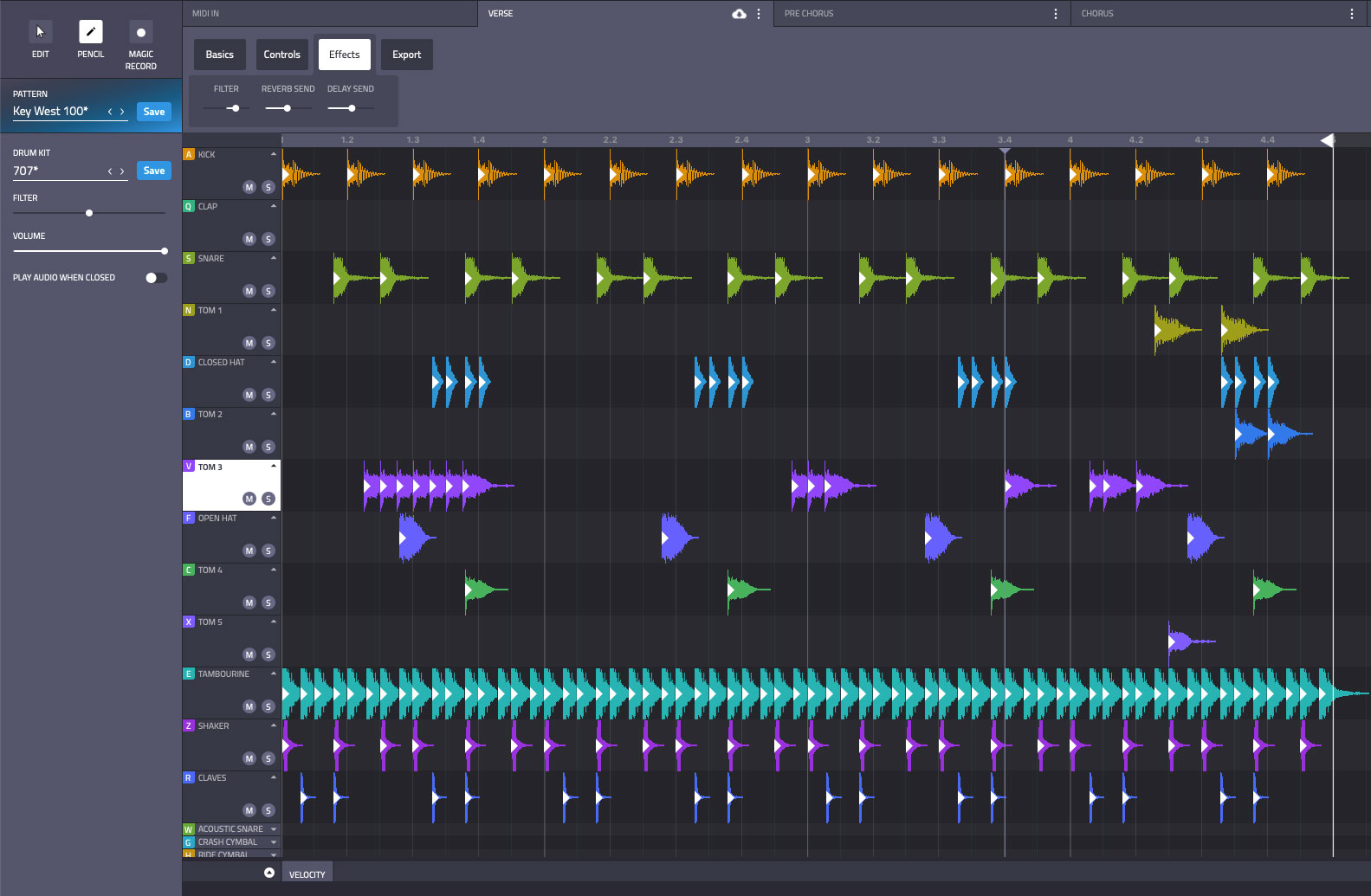 Beat making has become more accessible with the proliferation of beat making equipment, ranging from entry-level software to professional-grade equipment. This section will explore the different types of equipment available and their pros and cons.
Beat making has become more accessible with the proliferation of beat making equipment, ranging from entry-level software to professional-grade equipment. This section will explore the different types of equipment available and their pros and cons.
The equipment used in beat making can be broadly classified into either hardware or software categories. Hardware includes physical equipment like drum machines, samplers and synthesizers, while software refers to computer programs used for beat making.
Drum machines are a type of hardware that's designed specifically for beat making. They have built-in drum sounds and can be programmed to create complex beats. Another hardware option is a sampler, which allows you to record and manipulate sounds from various sources, including vinyl records and other recordings.
Synthesizers are also a popular choice for beat making. They allow you to create sounds from scratch and manipulate them to create unique beats.
Software has become the preferred choice for many beat makers due to its ease of use and accessibility. Numerous beat making software options are available, ranging from free entry-level programs to expensive professional-grade software.
Some popular software options include Ableton Live, FL Studio and Logic Pro. These programs offer a range of features such as sample libraries, virtual instruments and effects.
Hardware offers a more tactile and hands-on experience, benefiting those who prefer a more traditional approach to beat making. They also provide unique sound characteristics that are difficult to replicate in software.
However, hardware can be expensive and difficult to maintain. It also has a steeper learning curve than software, which can be challenging for beginners.
Software is more accessible and easier to use than hardware, making it an attractive option for beginners. It also offers a broader range of features and sounds than hardware.
However, software can be more limiting in terms of sound character and can lack the hands-on experience of hardware. It can also be resource-intensive, requiring a powerful computer to run smoothly.
The type of equipment you choose depends mainly on your skill level and budget. Software is a great place to start for beginners due to its accessibility and low cost. FL Studio and Ableton Live are two popular options for beginners.
A combination of hardware and software can offer intermediate to advanced beat makers the best of both worlds. A hardware sampler like the Akai MPC or a drum machine like the Roland TR-8S can add a unique character to your beats. Professional-grade software like Logic Pro or Ableton Live Suite can also offer advanced features for complex beat making.
The equipment you choose largely depends on your preference and budget. Researching and finding equipment that suits your needs and skill level is essential.
Beat making is a collaborative process that involves multiple people with different skill sets and perspectives. Collaboration allows for the exchange of ideas and can lead to the creation of unique and innovative beats. By working with other producers, artists and musicians, beat makers can tap into a broader range of expertise, resources and styles, which can help to elevate their work and expand their creative horizons.
Collaborating on beats can be a rewarding and productive experience, but it also requires effective communication and organization. Here are some tips for collaborating effectively:
When collaborating on beats, it's essential to consider the legal implications of sharing and using copyrighted material. Here are some legal considerations to keep in mind:
Collaborating on beats can be a rewarding and creative experience, but it's essential to approach it with clear communication, organization and legal considerations in mind.
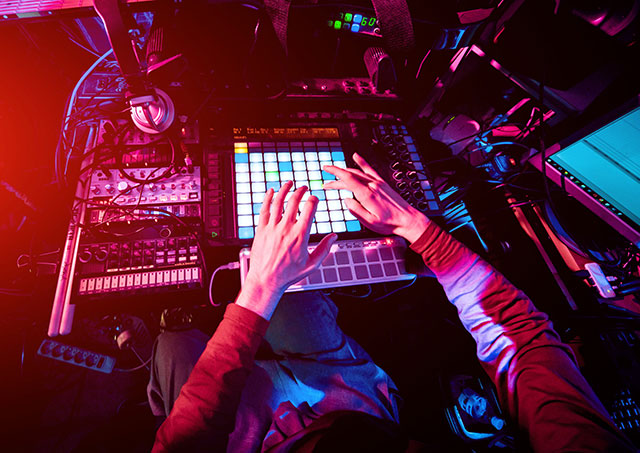 Beat making has become an integral part of the music industry and offers many career opportunities. One potential career path is becoming a beat producer. A beat producer creates instrumental tracks artists use to write and perform their songs. Another possible career path is becoming a music composer, making original music for films, TV shows and video games. Additionally, there are opportunities to work as a music supervisor, responsible for choosing the music used in movies, TV shows, commercials and video games.
Beat making has become an integral part of the music industry and offers many career opportunities. One potential career path is becoming a beat producer. A beat producer creates instrumental tracks artists use to write and perform their songs. Another possible career path is becoming a music composer, making original music for films, TV shows and video games. Additionally, there are opportunities to work as a music supervisor, responsible for choosing the music used in movies, TV shows, commercials and video games.
You'll need to develop a broad range of skills to build a successful beat making career. Firstly, you'll need to thoroughly understand music theory, rhythm and melody. Additionally, you'll need experience with various software and hardware tools used in beat making, such as Digital Audio Workstations (DAWs), drum machines and synthesizers. You'll also need to have a good understanding of sound design, mixing and mastering techniques.
Another vital skill that is required in the beat making industry is collaboration. You'll need to be able to work effectively with other musicians, producers and artists to create high-quality music. Furthermore, having a solid online presence is also critical in today's digital age. A well-established social media presence and a strong online portfolio can help you attract clients and opportunities.
Beat making isn't only about creating great music but also building a successful business. To make a living as a beat maker, you must have good business skills, such as marketing, branding and networking. You'll also need to thoroughly understand copyright law and music licensing. Registering your beats and securing legal permissions is essential to avoid any legal issues down the road.
Another critical aspect of the beat making business is developing a diverse income stream. While selling beats is a primary source of income for many beat makers, there are other ways to monetize your skills. For example, you can offer mixing and mastering services, teach music production, or license your music commercially.
Overall, building a career in beat making requires a combination of musical talent, technical skills, collaboration and business acumen. You can make a successful career in the music industry by developing a unique sound and establishing a solid online presence.
In conclusion, beat making is a fascinating and creative process that has been around for many years. In this article, we have explored the history of beat making, the fundamentals of creating beats, techniques for creating unique and original beats, arranging and mixing beats, popular genres of beat making, different types of equipment, the importance of collaboration and potential career paths.
To start making beats, it's important to clearly understand the different elements that make up a beat, choose the right sounds and experiment with drum machines and software. There are many techniques for creating beats, both basic and advanced and tips for creating unique and original beats.
Arranging and mixing beats is also a crucial part of the process, and it's essential to understand the basics and more advanced techniques. It's also necessary to understand the characteristics of different genres of beat making and how beat making has influenced modern music.
When it comes to equipment, many different options are available, and it's essential to consider the pros and cons of each type. Collaboration can also be a valuable tool in beat making, and you must understand the legal considerations of working with others.
Finally, for those interested in building a career in beat making, there are many potential paths to explore, and it's essential to have the necessary skills and qualifications as well as an understanding of the business aspects of beat making.
In conclusion, beat making is a rewarding and exciting creative process that offers endless possibilities. Whether you're an experienced producer or just starting, there is always more to learn and explore. So what are you waiting for? It's time to start making beats!